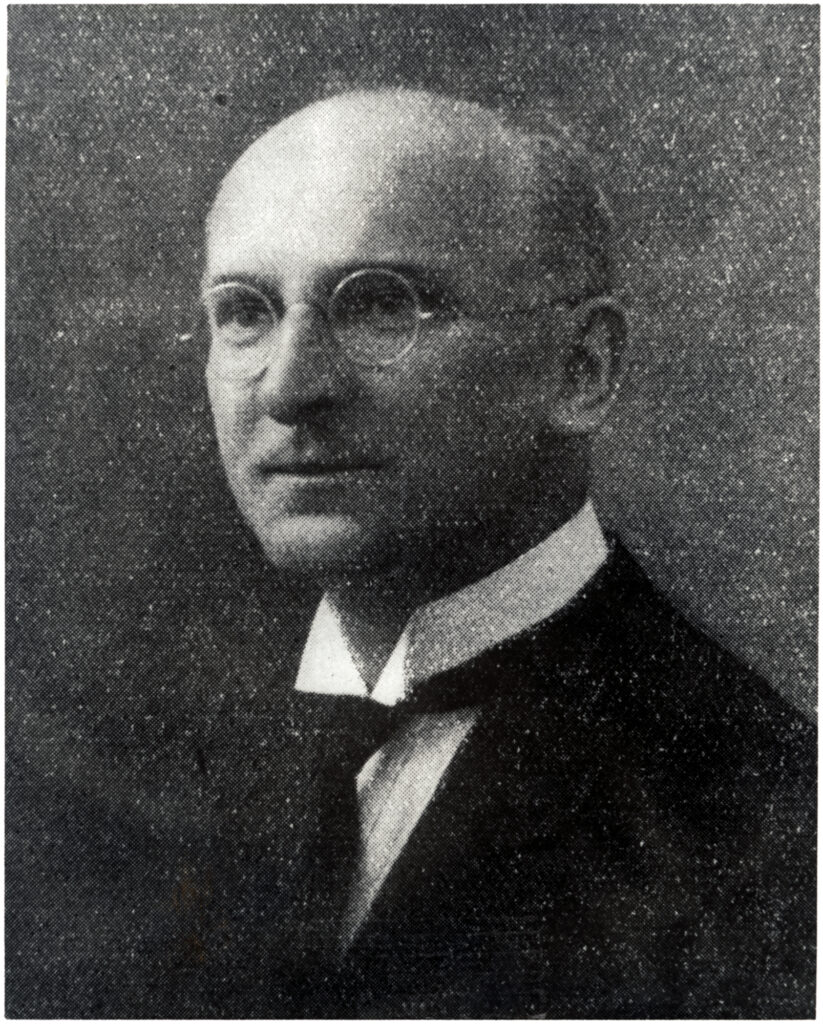Published influential works on orbits, trajectories, and space ships.
Walter Hohmann was born in Hardheim, Germany on March 18, 1880. His father, a surgeon, relocated the family to Port Elizabeth, South Africa from 1885 to 1891, at which time they moved back to Germany. Walter graduated high school in Wurzburg and enrolled in the Technical University of Munich in 1900, receiving a degree in civil engineering in 1904. After working in Vienna, Hanover, and Breslau he moved to Essen, Germany where he was the chief architect for many years. In 1919 he earned a doctorate from the Technical University of Aachen.
In 1912, Hohmann began to study issues concerning interplanetary spaceflight, and by 1915 had calculated what would be entailed in flying a spacecraft from Earth to a nearby planet. He proved that by carrying less fuel, spacecraft would require less powerful launch vehicles to attain stable orbits, around Earth or any other planet. Known as the Hohmann Transfer Orbit, this concept is still used in astrophysics. He would wait another ten years, however, before publishing his results in the book The Attainability of Celestial Bodies.
Walter Hohmann also researched return-to-Earth and landing problems, detailing them in his 1928 article “Landing on Other Celestial Objects.” His concepts were so visionary that the lunar lander module used forty years later in the Apollo program was, in part, based on his ideas.
Hohmann’s genius was quickly recognized by the scientific community and by the late 1920’s he was a leading figure in Germany’s amateur rocketry club, the Verein fur Raumshiffahrt (Spaceflight Society). With the rise to power of the Nazi government in the early 1930s and their usurpation of all civilian German rocketry research, Hohmann distanced himself from the field, wishing to play no part in the development of the rocket as a weapon. This is in stark contrast with other German rocket pioneers who let their enthusiasm for the subject overcome any moral qualms they may have felt about their new government.
Walter Hohmann died in an Essen hospital on March 11, 1945, after Allied bombing had destroyed much of the city. Hohmann Crater on the Moon and asteroid 9661 Hohmann are named after him, as is “The Hohmann Transfer Orbit” and the Walter Hohmann Observatory in Essen.

